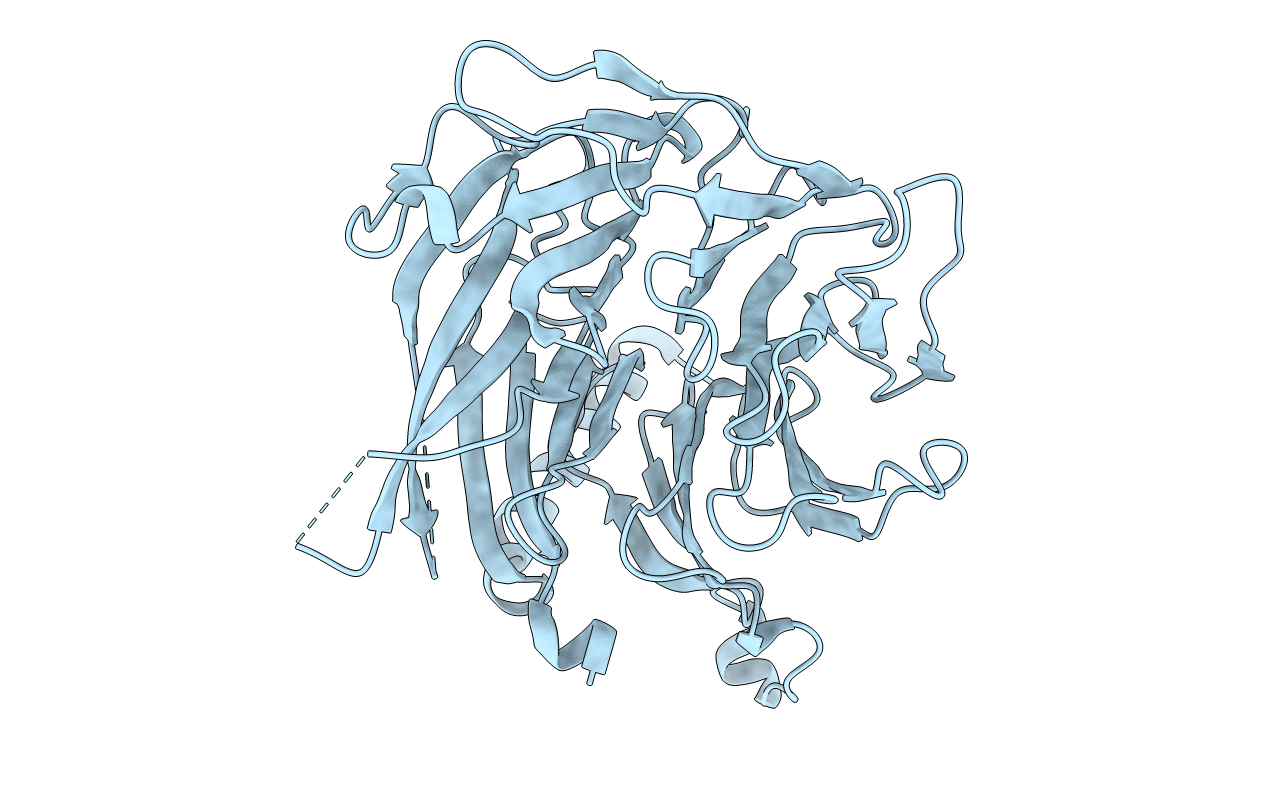
Deposition Date
2015-02-02
Release Date
2016-01-13
Last Version Date
2023-09-27
Entry Detail
PDB ID:
4XYH
Keywords:
Title:
Wild-type full length Mis16 in Schizosaccharomyces japonicus
Biological Source:
Source Organism:
Host Organism:
Method Details:
Experimental Method:
Resolution:
2.30 Å
R-Value Free:
0.20
R-Value Work:
0.17
R-Value Observed:
0.17
Space Group:
P 65


